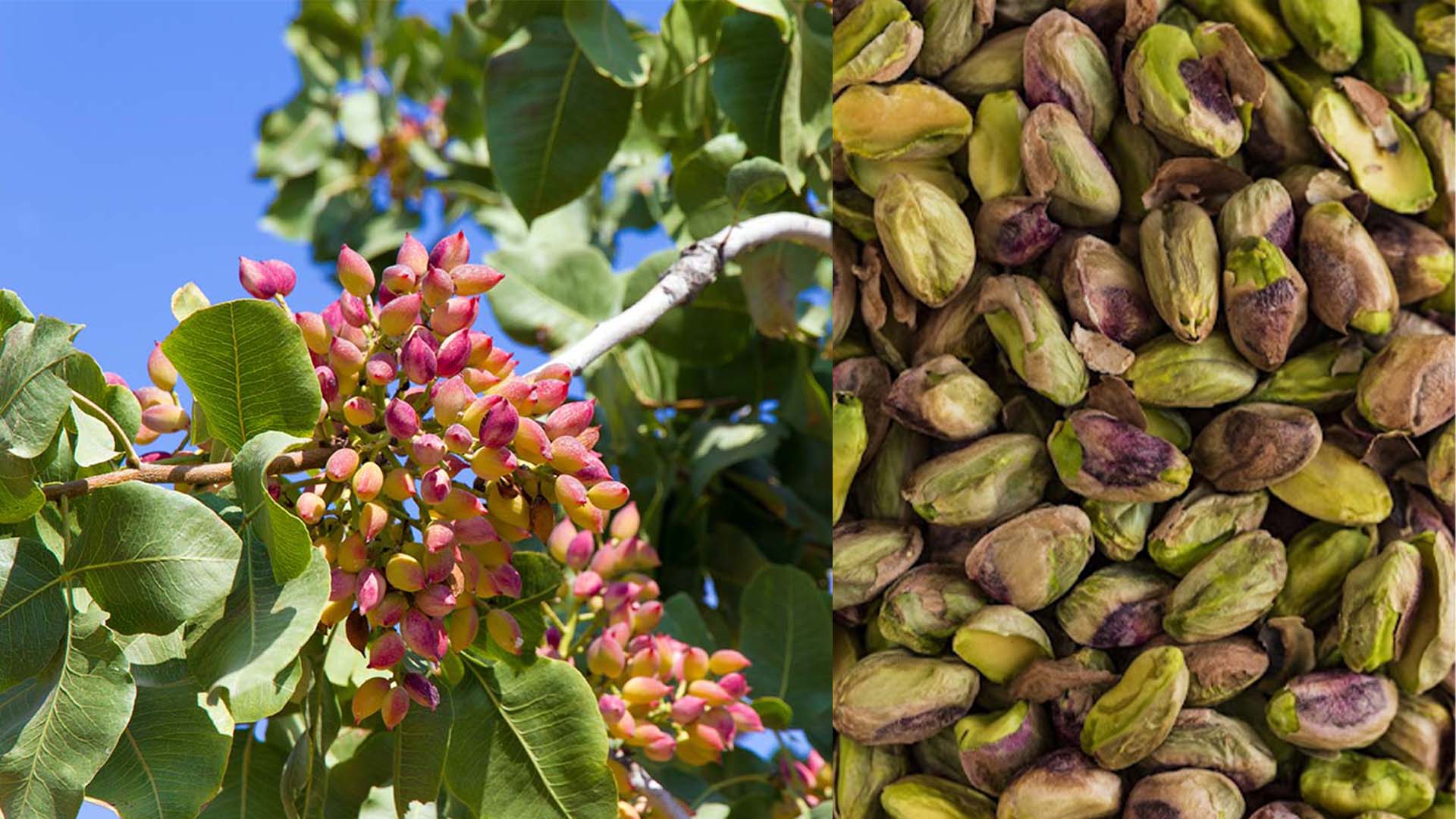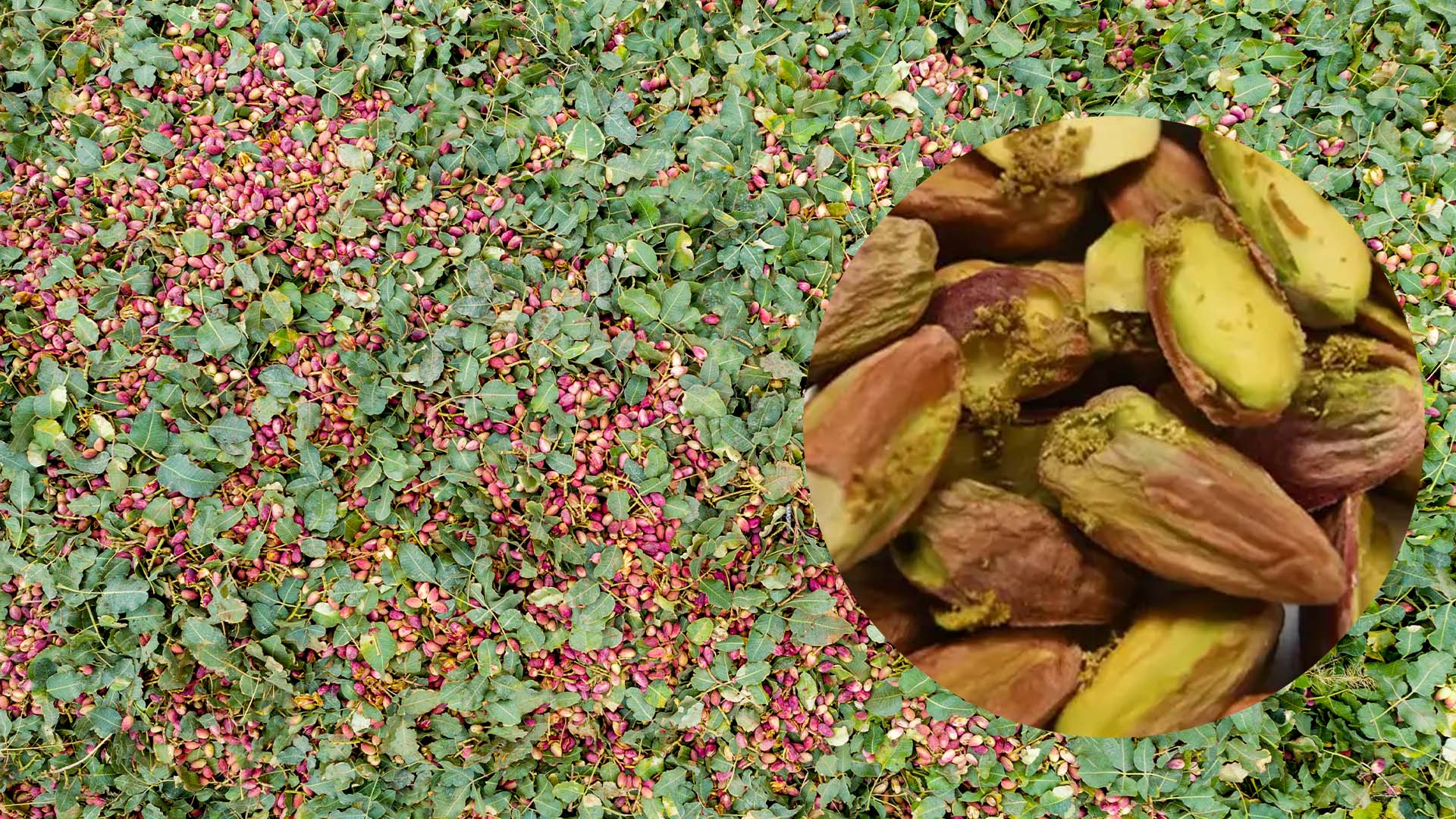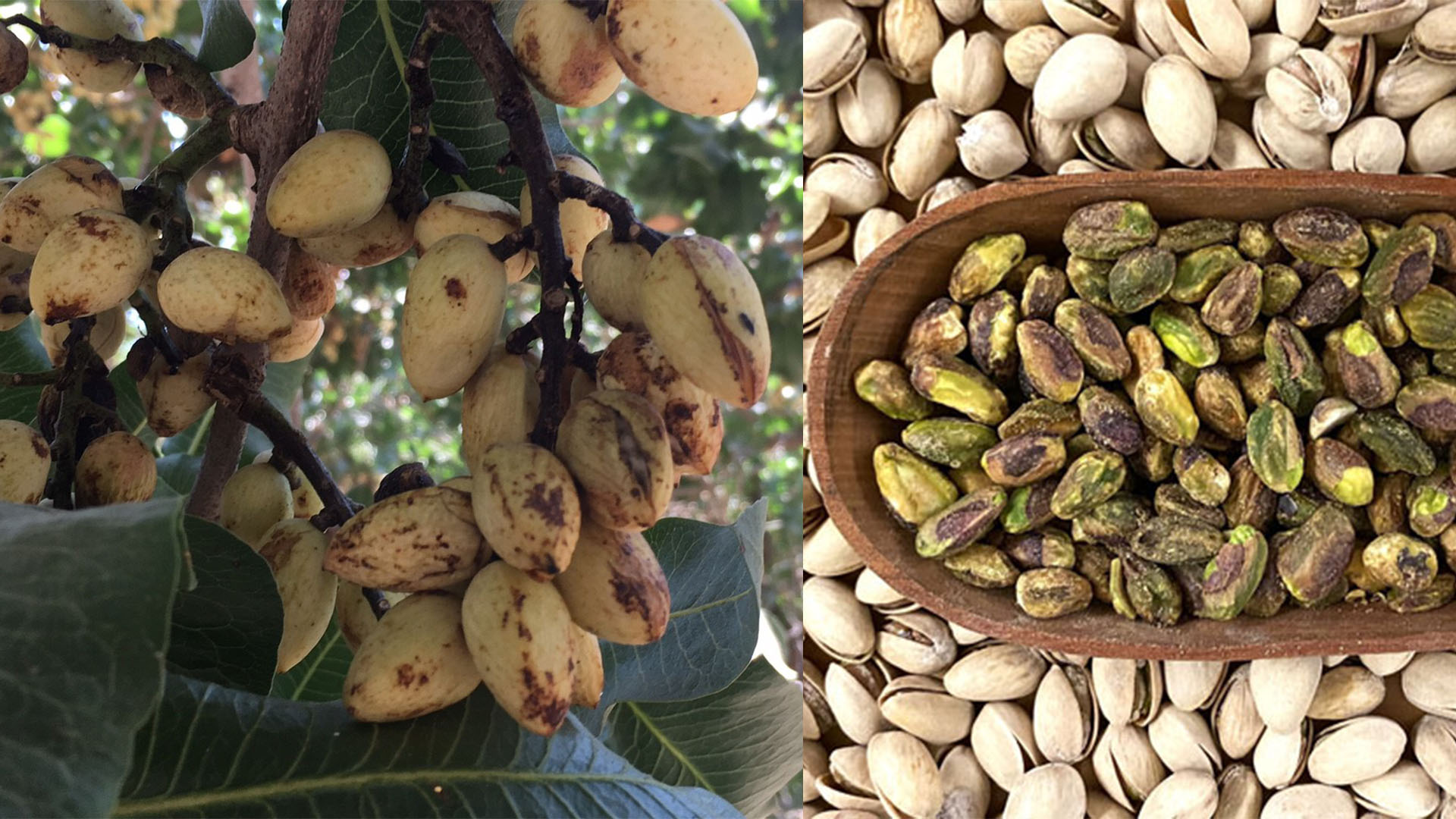Aflatoxin: A Simple Guide to Risks, Prevention, and Solutions

Aflatoxin: A Simple Guide to Risks, Prevention, and Solutions
What is Aflatoxin? The Basics
Aflatoxins are harmful substances made by certain molds (types of fungi). Think of them like tiny, toxic byproducts. The most common culprits are Aspergillus flavus and Aspergillus parasiticus. These molds are found naturally in:
- Soil
- Rotting plants
- Grains
They especially like warm and humid places. Aflatoxins aren’t essential for the mold to live, but they can contaminate crops we use for food.
There are a few main types of aflatoxins, and Aflatoxin B1 is the worst. When animals eat contaminated feed, it can turn into Aflatoxin M1 and M2, which can end up in milk. This is a big problem for food safety because these toxins can stick around even after food is processed.
————–
How Aflatoxin is Produced: Mold-Friendly Conditions
Aflatoxins are produced when molds like Aspergillus grow. These molds love:
- Warm temperatures (around 77-86°F or 25-30°C)
- High humidity (above 70%)
These conditions often happen:
- Before harvest
- During harvest
- After harvest, especially in tropical and subtropical areas
Mold growth is also more likely if crops are damaged. For example, cracks in corn or peanuts make it easier for mold to take hold. Pests and insects can also spread the mold. If harvesting is delayed, drying is poor, or storage is inadequate, aflatoxin problems get worse.
Imagine corn stored in a damp warehouse – aflatoxins can build up quickly! So, controlling these conditions is key to keeping our food safe.
————–
Food Products Prone to Aflatoxin Contamination
Aflatoxins are most often found in:
- Maize (corn)
- Peanuts
- Tree nuts (almonds, pistachios, walnuts, etc.)
- Rice
- Oilseeds
These crops can get contaminated in the field or during storage. Other foods that can be affected include:
- Dried fruits
- Spices (like chili and turmeric)
- Coffee beans
If these foods aren’t dried or stored properly, mold can grow and produce aflatoxins.
Aflatoxins can also end up in animal products. When animals eat contaminated feed, the aflatoxins can get into:
- Milk
- Meat
- Eggs
This is a problem because these foods are important, especially for kids.
Aflatoxins can travel across the world in traded food. For example, nuts and spices from warm areas are often tested carefully by countries that import them to make sure they are safe.

Effects of Aflatoxin on Human and Animal Health
Aflatoxins are very harmful to both people and animals.
In people, eating a lot of aflatoxins at once can cause aflatoxicosis. This can lead to:
- Nausea
- Vomiting
- Stomach pain
- Liver swelling
- In serious cases, death
This is more common in places where people eat a lot of aflatoxin-contaminated food.
Even small amounts of aflatoxins over a long time can be dangerous. Aflatoxin B1 is a known carcinogen, meaning it can cause cancer. It’s strongly linked to liver cancer, especially in people who already have liver problems or hepatitis B. Aflatoxins can also weaken the immune system, making people more likely to get sick.
————–
In animals, aflatoxins can cause:
- Slower growth
- Problems having babies
- Lower productivity (less milk, for example)
This is why it’s important to keep aflatoxins out of both human and animal food.
————–
How Aflatoxins Cause Harm: The Science Stuff
Aflatoxins, especially Aflatoxin B1, are harmful because they can damage our DNA. When we eat Aflatoxin B1, our liver changes it into a reactive compound that sticks to our DNA, causing mutations. These mutations can disrupt how our cells work and lead to cancer.
Aflatoxins also cause oxidative stress. This means they create harmful substances called reactive oxygen species (ROS). These ROS can damage:
- Cellular proteins
- Fats
- DNA
This damage contributes to liver problems and other health issues. Understanding how aflatoxins work helps us see why it’s so important to avoid them.
————–
Preventing Aflatoxin: Farm to Storage
Preventing aflatoxin contamination requires action at every step, from the farm to storage:
On the farm:
- Harvest crops at the right time.
- Rotate crops.
- Control pests.
For crops like corn and peanuts, harvesting as soon as they’re ready can reduce mold growth.
After harvest:
- Dry crops properly to a moisture level below 13%.
- Store crops in clean, dry, well-ventilated facilities.
- Use airtight storage bags and silos.
Airtight storage cuts off oxygen, preventing mold from growing.
New methods like natural antifungal agents and using harmless Aspergillus strains are also helping to reduce aflatoxin levels.

Testing for Aflatoxins: Lab to Industry
Testing is crucial for finding aflatoxins in food.
In labs, scientists use advanced tools like:
- High-Performance Liquid Chromatography (HPLC)
- Liquid Chromatography-Mass Spectrometry (LC-MS)
These methods are very accurate and can detect tiny amounts of aflatoxins (parts per billion or ppb).
————–
In food processing and industry, faster tests are used:
- Enzyme-Linked Immunosorbent Assay (ELISA) kits
- Lateral flow devices
These tools allow quick checks for contamination, so bad batches can be stopped before they enter the food supply.
New technologies like fluorescence-based sensors and biosensors are also being developed to make testing even better.
————–
Aflatoxin Standards and Legal Limits Around the World
To protect people, governments worldwide have set limits on how much aflatoxin is allowed in food and animal feed.
- The European Union (EU) has very strict limits: 2 µg/kg for Aflatoxin B1 and 4 µg/kg for total aflatoxins in cereals for people.
- The United States Food and Drug Administration (FDA) allows higher limits, up to 20 µg/kg in some foods.
- Iran’s standards are in line with international guidelines.
Regular testing and enforcement of these rules are essential to keep our food safe.
————–
Aflatoxin and the Global Trade of Agricultural Products
Aflatoxin is a major problem for global trade, affecting economies and health. These toxins, produced by Aspergillus molds, thrive in warm, humid climates, making countries in tropical and subtropical regions particularly vulnerable. Crops like maize, peanuts, pistachios, and spices are often affected. Aflatoxins create significant challenges for exporters, especially when trying to meet the strict food safety standards of international markets.
One of the biggest problems is the difference in resources between developing and developed countries. Exporters in regions prone to mold growth often struggle to meet the tough aflatoxin limits set by places like the European Union and the United States. The EU, for example, allows very little Aflatoxin B1 in food. These rules protect consumers but can be hard for producers in developing countries to follow due to a lack of advanced testing, good storage, and proper drying methods.
Aflatoxin contamination has a large economic impact on global trade. Contaminated shipments are often rejected, causing financial losses for exporters. Sometimes, these products are used for non-food purposes, like biofuel, which reduces their value. This hurts countries that rely on exporting crops, and small farmers are especially at risk because they may not be able to afford preventive measures or the losses from rejected shipments.
Aflatoxins can also damage a country’s reputation, making it harder to trade. For example, countries that export groundnuts have faced repeated rejections because of high aflatoxin levels. This can lead to long-term trade problems.
To solve these issues, international cooperation is crucial. Developed countries and global organizations can assist affected regions by providing technical support, funding for better infrastructure, and training for farmers. Initiatives like the Partnership for Aflatoxin Control in Africa (PACA) work to raise awareness and implement aflatoxin management strategies in heavily affected areas. These programs focus on improving farming practices, post-harvest handling, and local testing capabilities.

Aflatoxin in Pistachios
Pistachios, like many other nuts, are susceptible to aflatoxin contamination. The risk is particularly high in hot and humid climates where Aspergillus fungi can thrive. Contamination can occur in the field, during harvest, or during storage if conditions are not carefully controlled.
Aflatoxin in pistachios is a serious concern because pistachios are a valuable commodity traded globally. Importing countries often have strict regulations regarding aflatoxin levels in pistachios to protect consumers.
————–
Rahmani Group’s Solution: TOMRA Technology
Rahmani Group uses advanced TOMRA machinery to ensure the safety and quality of our pistachio products. TOMRA is a technology that can detect the presence of aflatoxin on the shells of pistachios.
Here’s how it works:
- Detection: The TOMRA machines use specialized cameras and lasers to scan each pistachio as it passes through the processing line. These sensors can identify subtle differences in color and texture that may indicate aflatoxin contamination.
- Sorting: Any pistachio that shows signs of contamination is automatically and rapidly ejected from the line by precise mechanical systems.
- Efficiency: This process is extremely fast and efficient, allowing us to process large volumes of pistachios while maintaining high levels of accuracy.
The TOMRA technology significantly reduces the risk of aflatoxin contamination in our final products, ensuring that they meet the strictest international safety standards. This technology provides an added layer of protection, safeguarding both consumers and our reputation as a reliable supplier of high-quality pistachios.
————–
Innovative Technologies for Aflatoxin Reduction
New technologies are emerging to help reduce or eliminate aflatoxins:
- Genetically modified (GM) crops: These are designed to resist fungal infections.
- Nanoparticles: These can deliver antifungal agents directly to the source of contamination.
- Biocontrol: This involves using non-toxic Aspergillus strains to outcompete the harmful ones.
- Ozone treatment, irradiation, and enzymes: These can break down aflatoxins in contaminated food.
Combining these new tools with traditional prevention methods can lead to a safer and more sustainable food supply.
————–
Conclusion
Aflatoxins pose a major threat to global food safety, harming both human health and economies. By understanding where they come from, the dangers they pose, and how to prevent them, everyone involved—from farmers to governments—can play a role in tackling this problem. Using advanced technologies, strong regulations, and international cooperation, we can minimize the risks of aflatoxins and ensure that our food is safe to eat.
